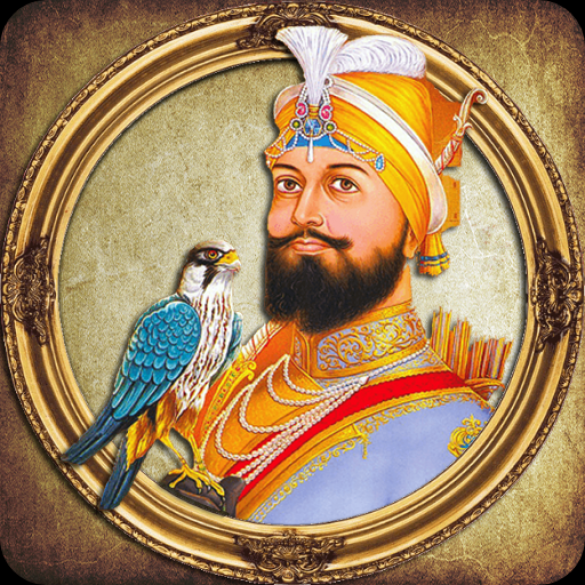
Guru Gobind Singh Ji also called Gobind Das born at Patna Sahib, Bihar, India the tenth and last Sikh Guru of the human form. He became a guru at the age of nine following the Martyrdom of his father Guru Tegh Bahadur Ji.
Guru Gobind Singh Ji a heavenly messenger a warrior, a poet, and a philosopher gave the Sikh religion its current form through the establishment of the Khalsa fraternity and the completion of the holy text, the Guru Garth Sahib Ji in its current form. Guru Gobind Singh declared the Guru Granth Sahib Ji to be the Sikh’s next and eternal Guru before departing from his mortal body in 1708.
Also Read: Significance Of Nishan Sahib
It might not be fair to say Guru Gobind Singh Ji was the most inspirational person to live a life ever recorded in the annals of human history. He is worshiped under many names including Shah-e-Shahenshah (emperor of emperors), Mard Agamra (man without any analogs), Bar do Alam Shah (ruler of two worlds), and Sarbans Dani (the gracious donor, who sacrifice his all).
It is stated that following the martyrdom of his father, Guru Tegh Bahadur, the tenth Master vowed to establish a Panth (community/society) that would take on the world's tyrannical rulers and demand that justice, equality, and peace be restored for all people. Guru Gobind Singh Ji imbued his disciples with the dual spirit of a saint and a soldier through the formation of the Khalsa in 1699, empowering them to combat oppression in order to restore righteousness (Dharma) and uplift the oppressed people in this world.
Also Read: Mata Gujri Ji: Great Sikh Woman
The Guru is a prophet unlike any other. His lectures are very rational and timely at the same time. He never referred to himself as God or "the only son of God," unlike many other prophets. Instead, Jesus spoke to everyone as a son of God who was equally a part of His kingdom. He referred to himself as God's "slave" or "servant."
Also Read: Khanda Sahib: Khalsa Insignia